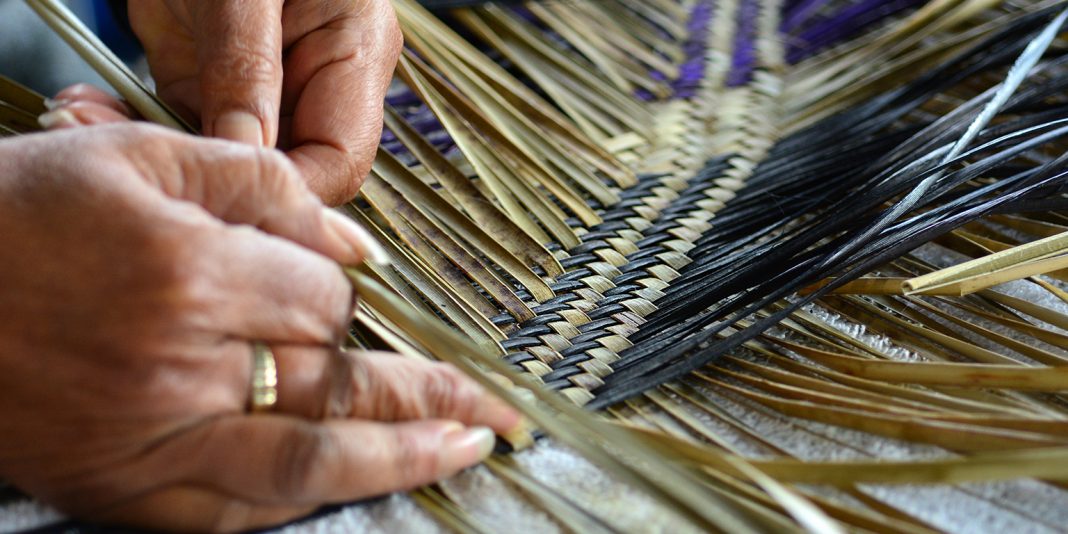In November 2015 the Health Workforce New Zealand’s (HWNZ) Nursing Governance Taskforce for Nursing set a date of 2028 to meet a goal of significantly increasing the number of Māori nurses (currently 7%) to better match the proportion of Māori in the population (15.6%), with the aim of improving access to care and the quality of care for Māori.
Dr Jill Clendon, the Ministry of Health acting chief nursing officer, said the Ministry was working closely with the Māori caucus of the National Nursing Organisations on a workforce development programme to help meet the 2028 goal.
The recently released final report for the new graduates who applied through the ACE system in November last year shows that by the end of June just under 86 per cent (85.9%) of the 206 graduates identifying as Māori had gained places in new graduate programmes. This was higher than the overall average employment rate of 82.3% (1124 of the 1357 applicants) but slightly lower than the 88.2% employment rate of the 85 Pacific nursing graduates applying in November last year.
The statistics also showed that Māori applicants made up 15.2 per cent of all applicants and 15.7% of those who gained employment through ACE – or about the same as the Māori population.
But higher numbers will be needed to trained, recruited and retained if the total Māori nursing workforce is to grow to closer to the 15 per cent goal.
Clendon said the Ministry had recently hosted a hui focusing on Māori workforce development involving leaders across the Māori workforce including educators, clinical practice and management.
She said it discussed issues important for the employment of new graduates including “building and sustaining Māori nurses so they feel safe to practice and they are safe to be Māori in those environments”. Also discussed were aspects of kawa whakaruruhau (cultural safety). “Not just about safety of nurses in practice but the safety of Maori nurses to be practising safely as well.”
Clendon said this went back to the original intent of its founder Irihapeti Ramsden which had been “a little diluted over the years” and the Nursing Council was now going to revisit this with the Māori caucus.
She said the Ministry and the caucus will be engaging with Māori students to discuss what concerns they had.
“Although we are seeing some really good figures around our ACE programme. We’ve also heard anecdotally that some Māori student are choosing not to apply through ACE. And we need to be unpicking that and looking more closely to understand why.”
It will also be exploring why some young Māori are getting into the undergraduate programme but not going on to graduate. “We need to understand that if that is happening, why is it happening and what can we do to support that. So they do have opportunities to come out the other end into our NETP [nursing entry to practice] programmes. Then we have to make sure that our NETP programmes are appropriate for Māori nurses.”
Meanwhile the latest ACE statistics show that – after initial disappointment that only 9 of of the Te Whare Wānanga o Awanuiārangi’s first graduating class from its kaupapa Māori nursing degree obtained jobs in the first round – employment had risen to 14 or 77.8% of the 18 applicants included in the ACE match.
The Bay of Plenty DHB, where the wānanga is based, took on the highest number of Māori graduates of any DHB – 24 which was nearly half (47.1%) of the 51 graduates they employed. The next highest was Southern DHB, which took on 17, followed by Waikato with 16, Auckland with 15 and Capital & Coast with 14. The DHB that took the highest proportion of Māori graduates was Tairawhiti, where 9 of the 11 (81.8%) new graduates they employed were Māori, followed by Lakes, where Māori made up 11 of their 21 (52.4%) new graduates taken on.





















